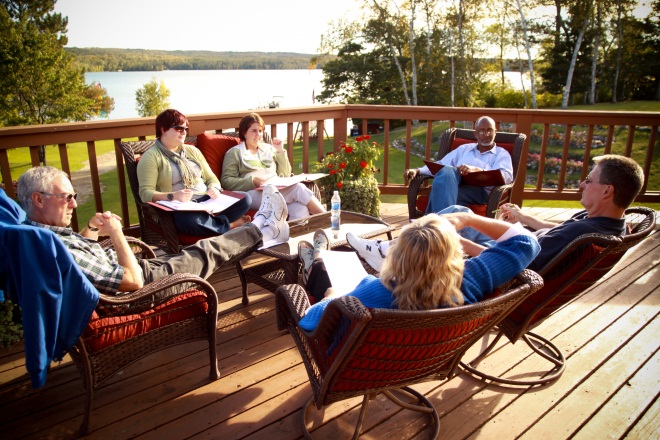 Image: Blog hero Plant Plate 09 boys dig in
Image: Blog hero Plant Plate 09 boys dig in
What does effective leadership in rural communities look like?
by Tom Sippola Posted in Blandin Foundation, Rural Capacity Building, Tools You Can Use
Today we welcome Tom Sippola, Multi-Media Leadership Assistant at Blandin Foundation.
For over 25 years the Blandin Foundation has worked with rural leaders across the state of Minnesota to help build and sustain healthy communities. With over 6,000 Blandin Community Leadership Program (BCLP) alumni, nearly 500 Blandin Reservation Community Leadership Program (BRCLP) alumni, and countless community leaders who have been a part of our issue focused programs, we have been able to share our lessons on how to be an effective community leader from Ada to Zumbrota.
More importantly, we have developed these lessons from alumni and non-alumni alike, all of whom have provided us rich insight into what it takes to be effective in rural communities.
So what do effective leaders do to “get the job done” in a rural community?
- They work to frame the issue they care about in a way that gets people’s ideas and insight on the table. Framing involves drawing attention to what is, or isn’t happening, in the community and inviting community members to think about what they are willing to do to make a difference. Framing is not only something leaders use to call for ideas, they also use the tool to create shared meaning around the issue and why it is important.
- In addition to working with those who share their position, they intentionally work with those who have differing perspectives in order to build relationships and social capital. Rural leaders know that to make a healthy community it takes the dedication of many individuals with different perspectives. In order to bring together these perspectives, relationships need to be formed so that available resources can be acknowledged and tapped for the good of the community.
- They make sure they mobilize enough people and resources to get the job done. This includes using the social capital they have developed throughout the community to not only get things done – but to sustain the effort into the future.
These examples sit at the core of BCLP and BRCLP and are reflected in our issue specific programs. Learning how to find where you can make a difference in your community, how to work across it’s different dimensions to find support and resources and bringing together community members to build and sustain a healthy community are all parts of what participants take away – but they are just a starting point for getting things done in rural communities.
What are some ways leaders get things done in your community?
Feel free to share in the comments below. Also feel free to visit our redesigned website for more information on the leadership programs offered by the Blandin Foundation.
